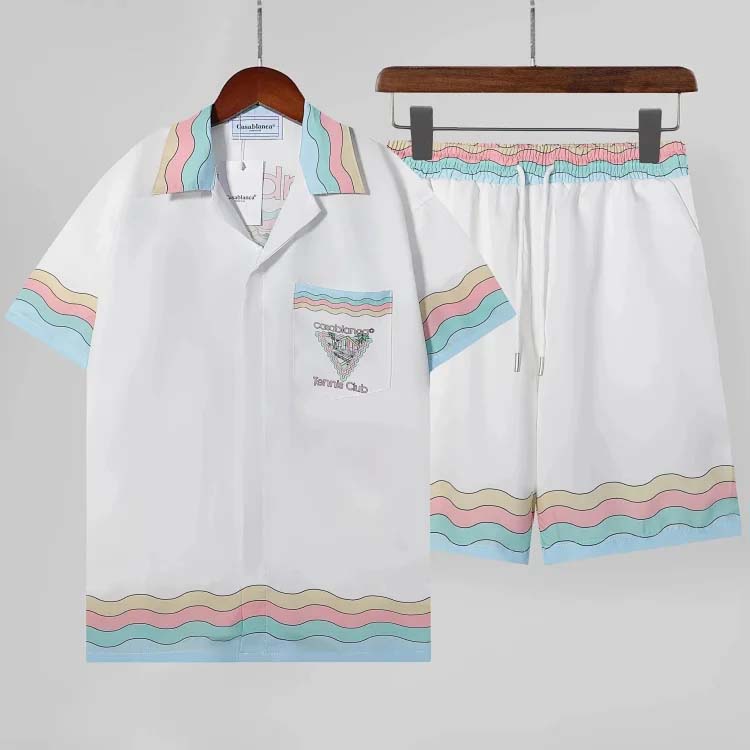The History of Cartier: A Saga of Timeless Luxury
2025-04-06
The History of Cartier: A Saga of Timeless Luxury
Cartier, an illustrious name in the world of luxury, has a history that is both rich and captivating. It all began in 1847 when Louis - François Cartier took over the jewelry workshop of his master, Adolphe Picard, in Paris. Starting small, Louis - François's meticulous craftsmanship and unique designs quickly gained attention in the local area. His pieces were a blend of traditional techniques and a burgeoning modern aesthetic, setting the stage for what was to come.
In 1899, Alfred Cartier, Louis - François's son, made a significant move by relocating the company's headquarters to the prestigious Rue de la Paix. This strategic decision not only enhanced the brand's visibility but also signaled its arrival as a top - tier luxury brand. Alfred was a visionary who recognized the potential of international expansion. In 1902 and 1909, he opened branches in London and New York respectively, introducing Cartier's opulent creations to a global clientele.
One of the most iconic moments in Cartier's history was the creation of the Santos watch in 1904. Commissioned by Brazilian aviation pioneer Alberto Santos - Dumont, who needed a watch that was easy to read during flights, the Santos watch was revolutionary. Its rectangular shape, leather strap, and exposed screws were a departure from the traditional round - shaped watches. This innovation not only met Santos - Dumont's practical needs but also set a new trend in men's wristwatches.
In 1917, Cartier introduced another classic, the Tank watch. Inspired by military tanks, the Tank watch featured a bold, geometric design. Its clean lines and minimalist look were a breath of fresh air in the watchmaking world. Appealing to both men and women, it became an instant favorite and remains one of Cartier's most recognizable models.
Cartier's jewelry designs have also left an indelible mark. In the 1920s, influenced by the Art Deco movement, the brand created pieces with bold shapes and vibrant colors. The Tutti Frutti collection, inspired by India, was a prime example. It combined emeralds, rubies, and sapphires in unique, asymmetrical settings, defying traditional jewelry design norms.
The Panther motif, first introduced in the 1910s, has become a symbol of Cartier. The Panther bracelet, with its coiled - panther design, was a favorite among the elite. Using black onyx for spots and emeralds for eyes, it exuded elegance and strength.
Today, Cartier continues to be a symbol of luxury and innovation. Its products are coveted worldwide. For more information about Cartier and to explore its collections, visit acbuy.asia.



















